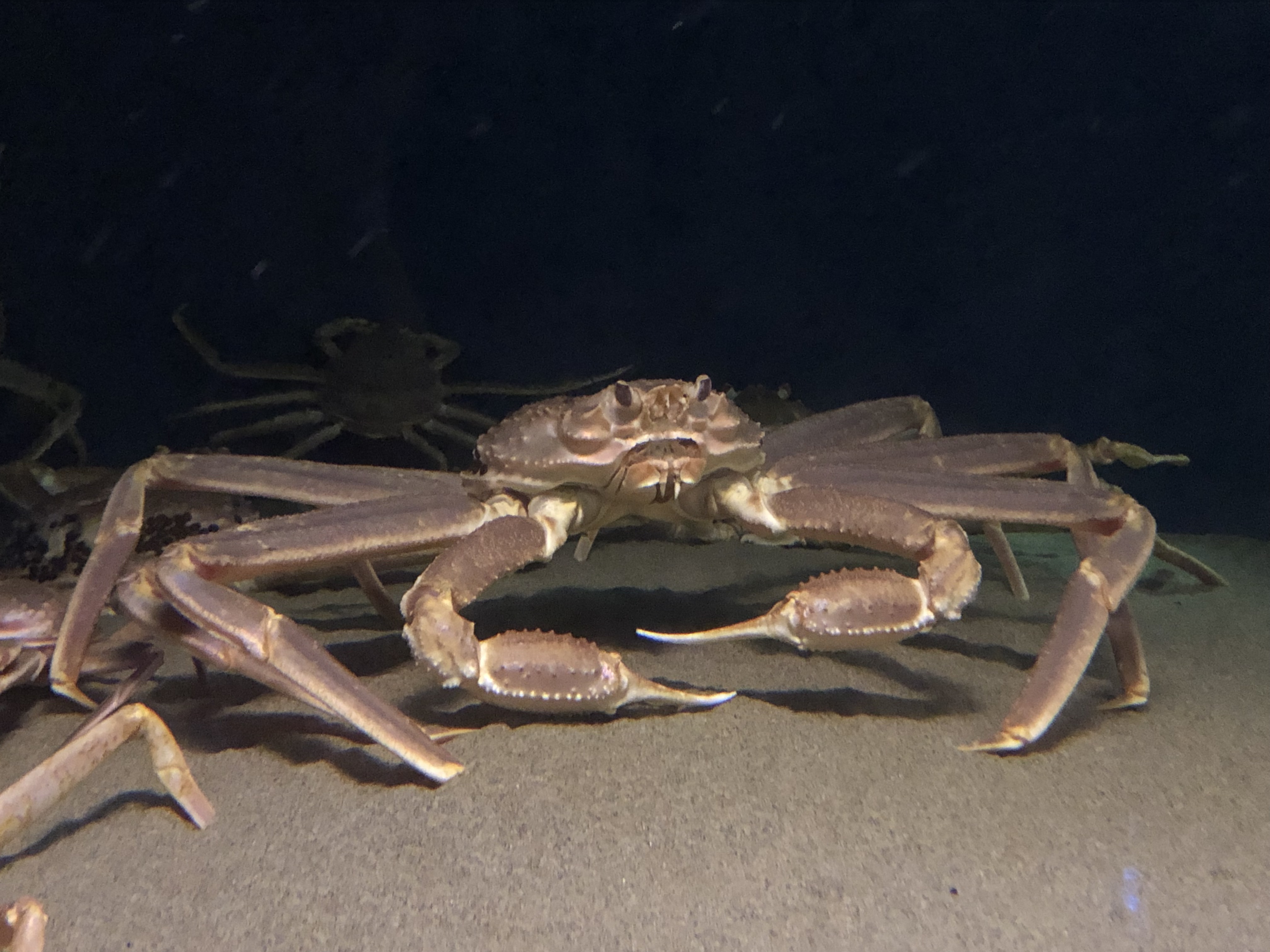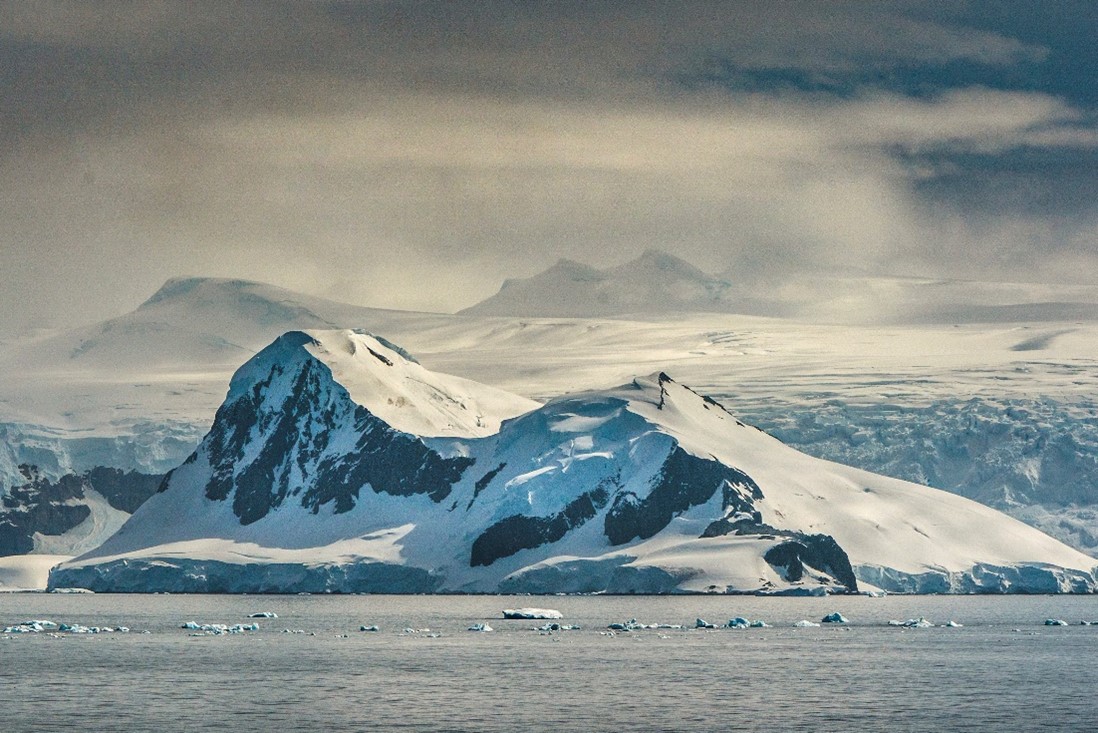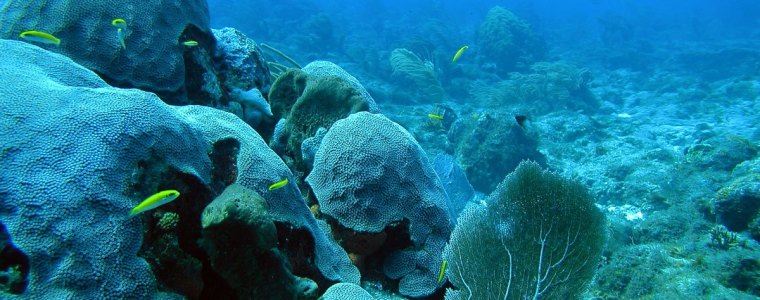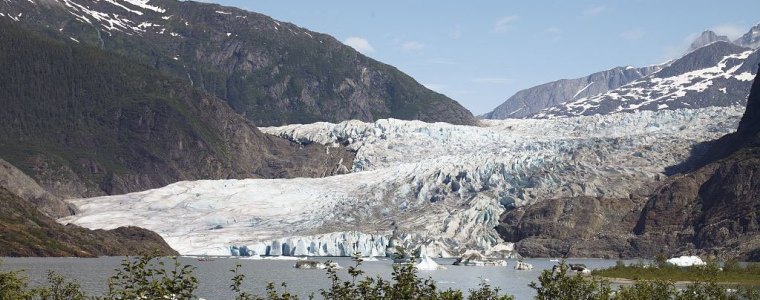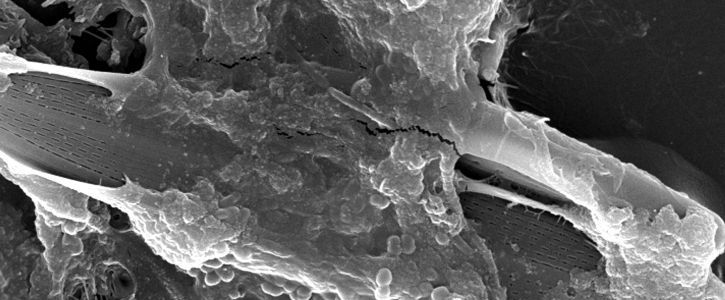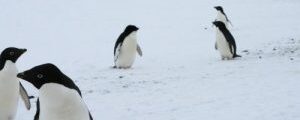
Climate Change and Antarctic Biodiversity
Not being residentially inhabited by human populations and instead being a place where largely scientific research is the mainstay, one would expect Antarctic biodiversity to be more protected than biodiversity in other, more populated regions of the world. However, this may not be the case for Antarctic biodiversity.
The Status of Antarctic Biodiversity
A study published in 2017 in the journal PLOS Biology by a team led by Steven L. Chown and scientists from Monash University, Australia has brought Antarctic biodiversity into question, largely thought by many to be a safe zone. The study undertook to make a comparison of the conditions of Antarctic biodiversity and how it has been managed with that of other places globally using the Convention on Biological Diversity (CBD) Aichi’s targets as standard. The Aichi targets are included under the CBD’s 2011-2020 Strategic Plan for Biodiversity to assess global biodiversity loss. However, they had never been assessed for Antarctic biodiversity and that of the Southern Ocean.
https://www.geographyandyou.com/climate-change/environment/climate-change-marine-mammals-arctic/
In the study’s assessment, it was found that the difference in the status of biodiversity between Antarctic biodiversity and biodiversity in the other regions elsewhere in the world were similar. Although Antarctic biodiversity was doing well in certain areas such as the management of invasive species, in some other areas such as in bio-prospecting regulations and the management of protected areas Antarctic biodiversity was not doing as well as some other areas around the world. The overall results for Antarctic biodiversity were largely similar to other areas in the world assessed in terms of Aichi targets (PLOS, 2017).
The study also noted that although Antarctica is doing well in terms of the management of invasive species, rising concerns include increasing numbers of tourists going to Antarctica and overfishing. However, even greater threats can be said to be looming on the horizon, such as climate change, with warmer oceans and melting ice and also transnational pollution. Peter Stoett, professor of political science in Concordia University, Canada has reportedly said that we must go beyond the Antarctic Treaty System that looks to further scientific research in Antarctica, and establish a governance system for protecting biodiversity in the Antarctic and the Southern Ocean.
Climate Change and Antarctic Biodiversity
With anthropogenic effects on Antarctic biodiversity likely to be a prominent issue in the future, anthropogenic influences such as climate change and pollution can be important issues that portend Antarctica’s future. Antarctic biodiversity in terms of climate change can be greatly influenced by the patterns of the spatial structures of the environment.
A study by Convey et al. (2014) could be useful in this regard, as it synthesized contemporary epistemology on variability of environmental patterns across Antarctic biomes, be it terrestrial, freshwater or marine biomes. Out of these biotic patterns were observed, which led to the inference that the most important concomitant of the distribution of biodiversity in Antarctic terrestrial communities is the presence of liquid water, which was vastly determined by the intensity of solar irradiance. The distribution of biodiversity was also found to be significantly influenced by the historical antecedence of the development of an area, and also by natural barriers imposed by the geography of an area.
Convey et al. consider Antarctic biodiversity in terms of both the terrestrial Antarctic environment and also the marine environment comprising the Southern Ocean, which is comprised of the southern parts of the Atlantic, Pacific and the Indian Oceans. Antarctic terrestrial ecosystems can include polar deserts, including Antarctica’s ice sheet, and also grasslands, eutrophic ponds, and freshwater and hypersaline lakes. Antarctic marine ecosystems include the shallow coastal region as well the ocean depths where some habitats can be incredibly diverse and some can be quite featureless. Not much however, is known of Antarctic deep ocean biodiversity.
Terrestrial ecosystems are dominated by ice cover, and about 0.34 per cent of Antarctica is ice-free, although these regions tend to be isolated from each other by a few meters to hundreds of kilometers. Life in the ice in Antarctica develops mainly in the summer, in the form of organisms such as algae. Other than penguins, many sub-glacial communities of microorganisms also exist in Antarctica, although the polar deserts are dominated with moss-habitat communities.
Assessing past climate change in Antarctica is difficult, and there is a limited account of past fossil history in Antarctica. The discontinuity of ice-free ground makes the presence of biological features characterized by continuous gradients of environmental features such as water or temperature limited. The variations are much lesser for the marine Antarctic environment, but can show greater variation dependant on other variations such as precipitation, making better examinations of Antarctic biodiversity in terms of wider spatial variables possible in Antarctic marine environments.
In terrestrial ecosystems in Antarctica, although they are isolated in distribution, assessments can be made of certain abiotic factors such as soil structure and chemistry and also the availability of water, which can have inter-specific effects. Thus an analysis of Antarctic terrestrial ecosystems in terms of the spatial factors of climate change is possible in terms of abiotic environmental variations.
Abiotic factors that can influence Antarctic biodiversity can include solar irradiance, temperature, availability of water, presence of ice and snow, soil characteristics and soil chemistry in terms of nutrients, productivity, etc. A decreasing trend of Antarctic biodiversity can be observed in the transition from sub- to in-land regions of the Antarctic continent, which in turn can present numerous smaller-scale spatial variations. Broad spatial patterns however, cannot completely account for the geographical history and bio-geographic isolation of individual ecological niches of terrestrial regions in Antarctica. However, observations point towards the fact that Antarctic biodiversity decreases along with the increase in the extremity of the abiotic environment.
https://www.geographyandyou.com/climate-change/environment/warming-trend-antarctic-climate/
Climate change thus can be explored as a set of possibilities resulting from a warming planet. It is likely that with a warming planet, habitats for Antarctic species that are adapted for more temperate climates can shift somewhat towards the poles. Climate change could also lead to an increase in the habitat ranges of indigenous species. However, compounding efforts towards mitigation of climate change is the fact that human activities and their effects are most at the ice-free regions of terrestrial Antarctica. This can for example, severely effect soil compaction and also have impacts on the ecosystems of contained Antarctic biodiversity. There is also the concomitant problem of pollution, which although much lower in Antarctica than elsewhere, it can have significant local impacts in isolated Antarctic ecosystems.
A number of site-specific studies are thus necessary to understand Antarctic biodiversity, given the incredible amount of endemism characteristic of terrestrial Antarctic biodiversity. With the coming of climate change, strong environmental factors are set to combine with great heterogeneity in habitats, especially terrestrial Antarctic habitats. In this special care is required in the management of Antarctic biodiversity and ecosystems, which requires a cohesive and site-specific approach.

